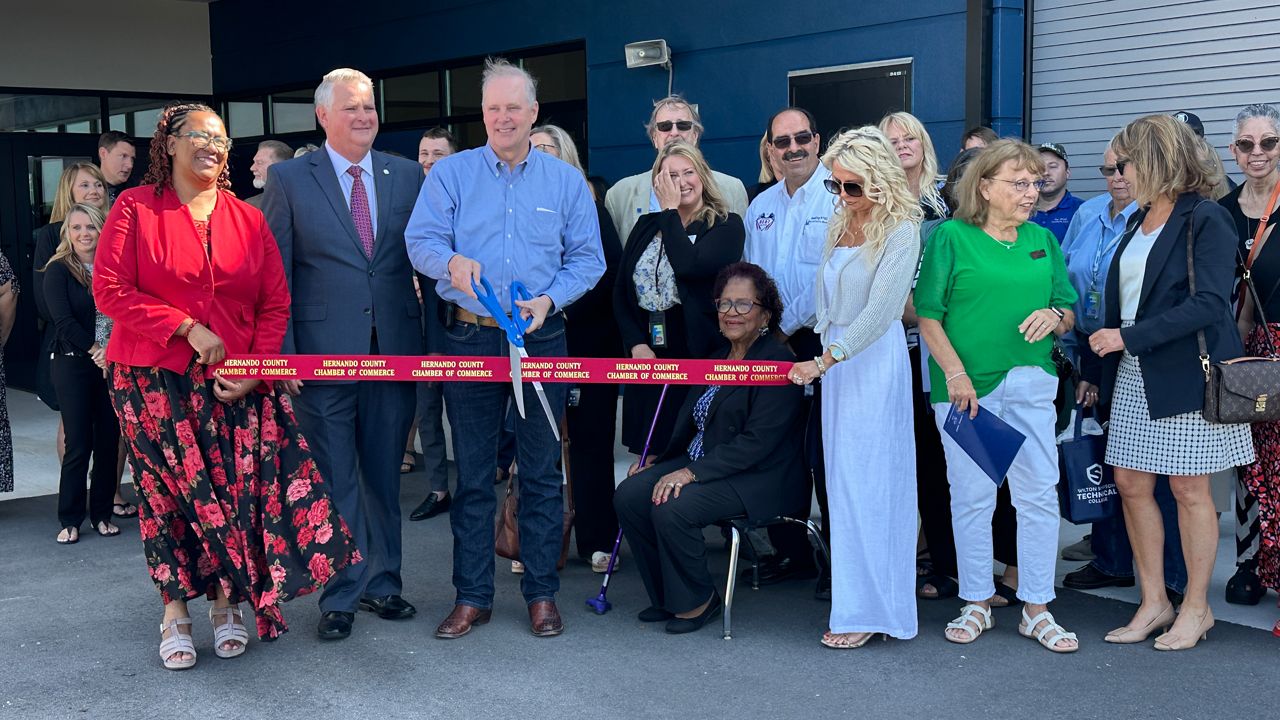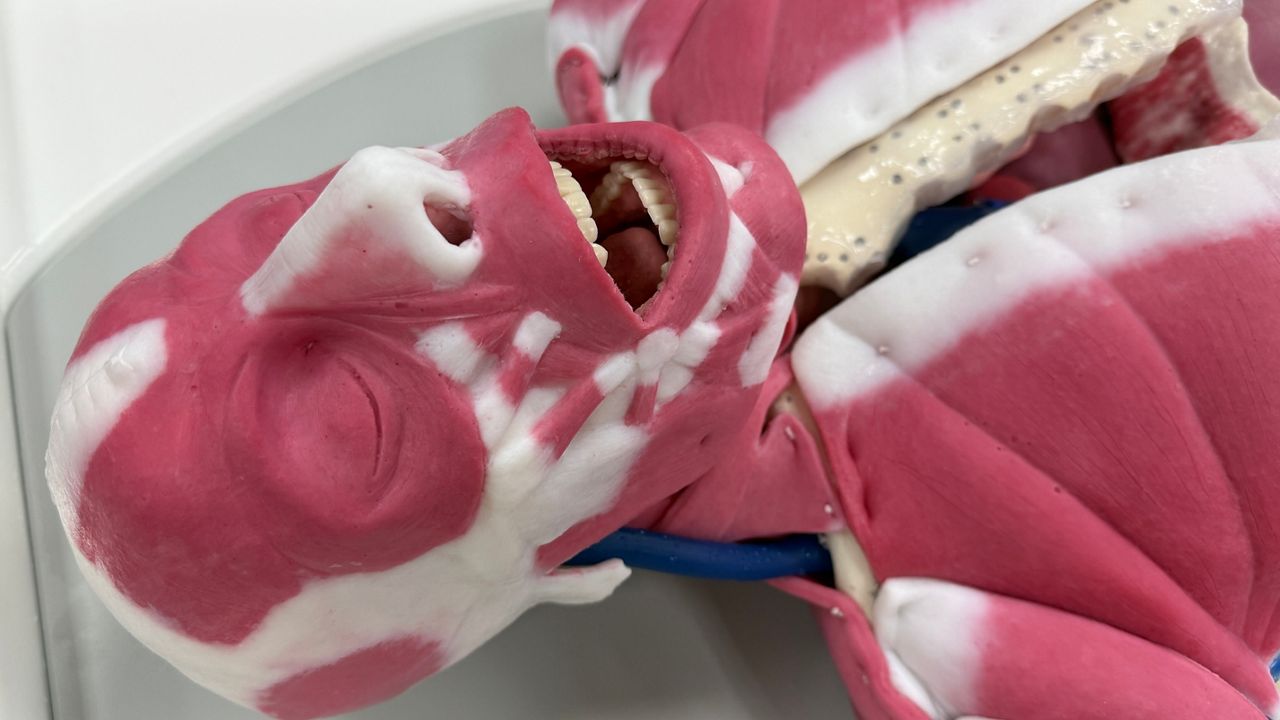CLEVELAND – It's taken some time, but the Cleveland Metropolitan School District has made strides in turning things around within the district.
CEO Eric Gordon stepped in a decade ago. He had three goals in mind as the district was at the bottom of the academic totem pole.
“[The] first was to prove that we could improve the state's worst school district. We've done that. The second was to make sure it mattered when we did and the Say Yes scholarship was the piece for that. And the third was that students and educators shouldn't have to work this hard to do it and that's where the Say Yes support services are in place," he said.
Today, when Gordon looks at the progress made, he confidently shares about The Cleveland Plan that was implemented to deliver on accountability, pre-K to college reforms and increases in high-performing schools, to name a few.
As a result, Gordon said they are now “one of Ohio’s fastest improving school districts,” even as they've increased pre-K access by 72%, moved into the top 15% in the state for improving K-3 literacy and top 4% for improving math and reading scores, and boosted graduation rates.
“Our graduation rate was 52.2%. Today, it's 80.9%” Gordon said.
While they've seen significant gains in the district over the last decade, data from the Ohio Department of Education shows the district still has its struggles with not meeting state requirements, most notably on the Third Grade Reading Guarantee, and third and fourth grade math assessments. The state did acknowledge that periodically, assessment measurements were changed over the last 10 years making it tough to compare progress year after year.
Even so, the district has never received a grade better than a "D" or its equivalent on any overall state report card for the years grades were given.
Dr. Muhammad Khalifa, professor of Education Administration and executive director of Urban and Rural Initiatives at Ohio State University, studies how systems can change in order to address inequities within urban education spaces. He said it’s also tough to measure success based on state standards because it doesn’t account for all factors in their success or failure. That includes factors like the movement of resources to wealthier districts, red-lining, and job discrimination, which are all things that occurred before current and previous leaders stepped in place, yet still impact the district.
In taking these things into account, Khalifa said “When you measure it, one of the ways one of the things you have to consider is how you include all voices in who should be measuring that and how do you include all of their desires and all of their aspirations and goals?”
For parents measuring progress, he said they should be asking questions like, “Can you attend the district in which the leaders of that district and educators will be in true partnership and will be listening to you, not just hearing you,but listening to what you need for you, for your students or for your community? Whether it be to partnership, will there be power-sharing between how education happens? And if all of that is in place, will it be culturally-responsive, community-responsive, will it be anti-oppressive if all of those things are in place? That's what's most important to me.”
Even with measurements in place, Khalifa said school districts can't focus on catching up with other high-performing districts, including suburban schools. Instead, “Forget about what everybody else in the world has. What is it that we need for ourselves?” he explained.
Figuring out what's specifically needed for CMSD has been the mission. While it's been hard work to implement it all, Gordon's proud of what they've been able to accomplish even through the launch of the Say Yes Cleveland program in 2019. It’s a 25-year program targeting two generations of K-12 students, set to improve college access for middle and low-income families in Cleveland.
The whole idea was that “the more people we send out and fully educate and keep back here in Cleveland over time, means more people paying into the tax base, more people owning not renting more people, you know employed here and filling the high need jobs, we have less people drawing on the system,” Gordon said.
It's going to be some time before the impact of Say Yes on the economy will be seen, but Say Yes Cleveland Director Diane Downing said they've at least secured most of the money needed for the scholarships.
“Certainly the community came together in donating scholarship funds. We’ve collected pledges of &93 million — $88 million of that is already accrued.” Plus, “We have 1,200 Say Yes scholars at post-secondary programs at either a four-year, two-year or a technical program.”
Those are all students who graduated from CMSD or partner charter schools in 2019 and 2020, who took advantage of the tuition-free path to enroll in a college or career training program. In October alone this year, 1,000 students applied for the scholarship, setting the district on a path to outpace those who received scholarships the last two years. So far, 16 Say Yes scholars have graduated from college already.
Seeing the progress, Gordon looks forward to it all continuing as they add new programs to help set kids on career paths for the future.







_CGPK_Mn_Columbia_Students_Chained_CG)


)